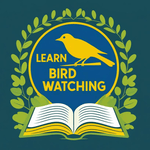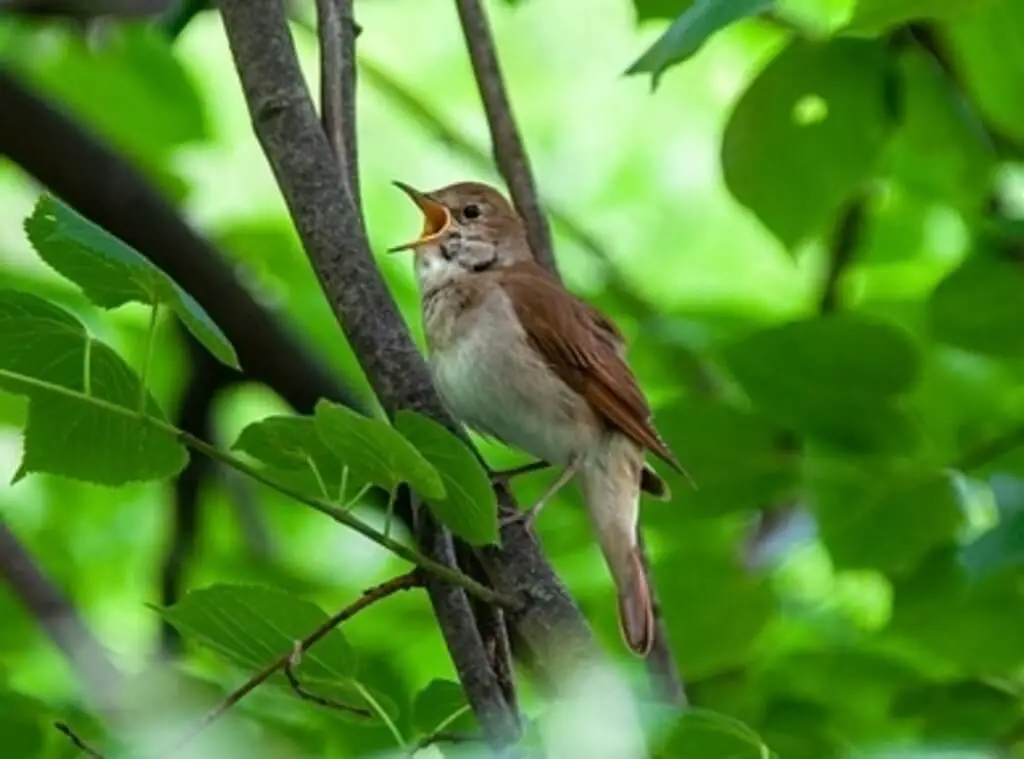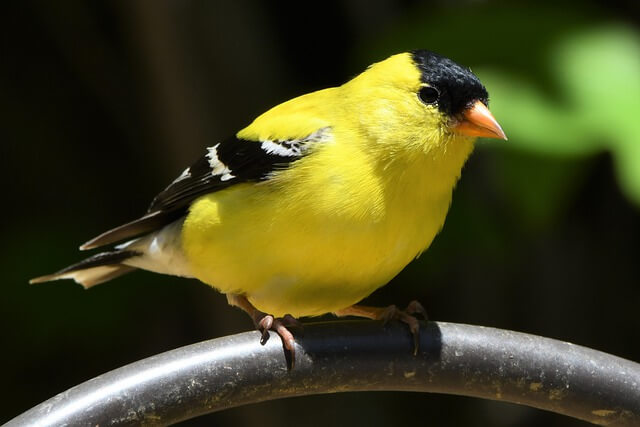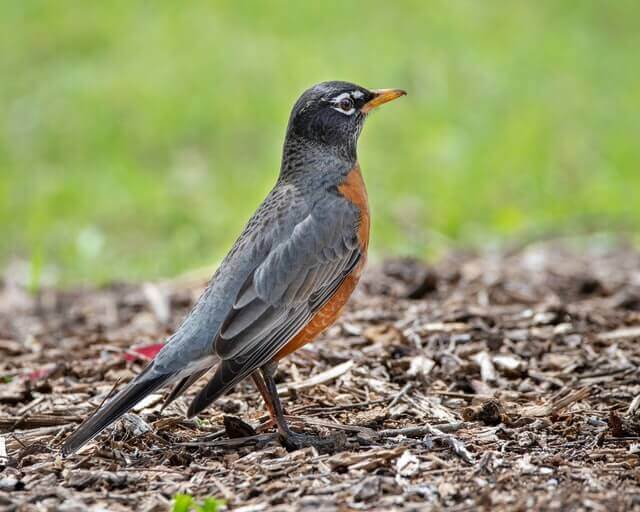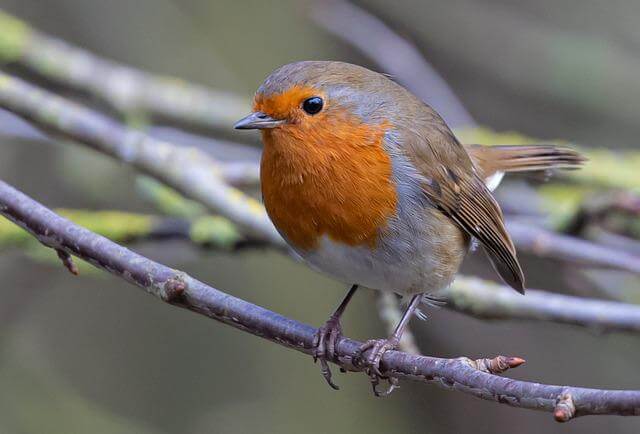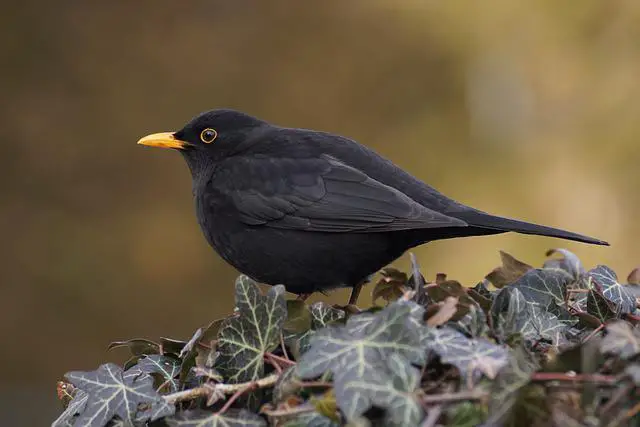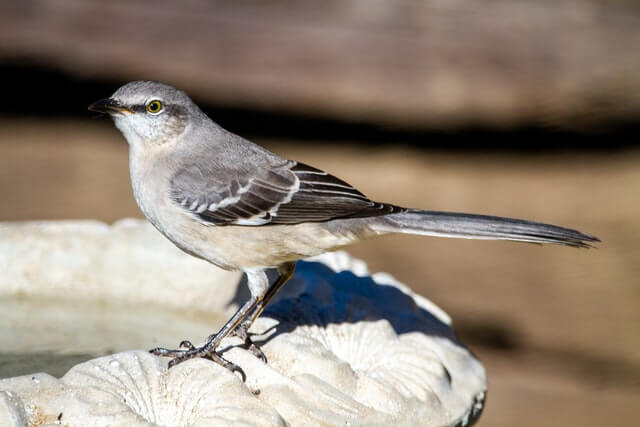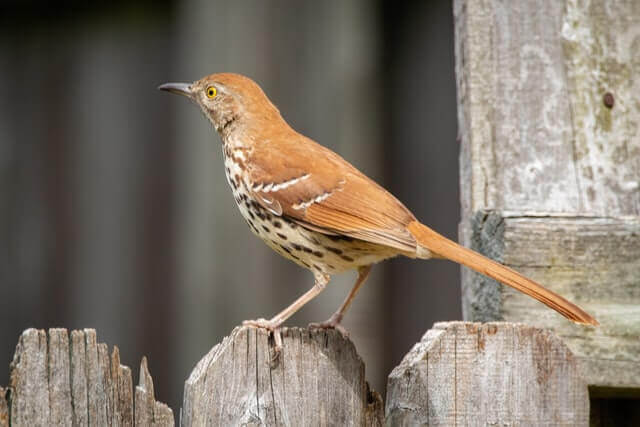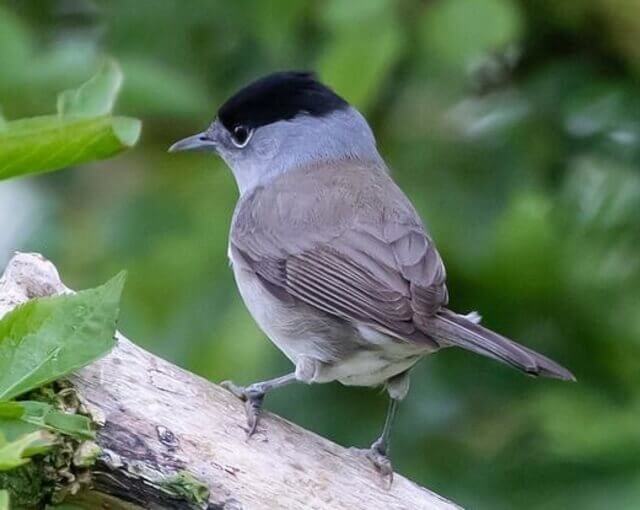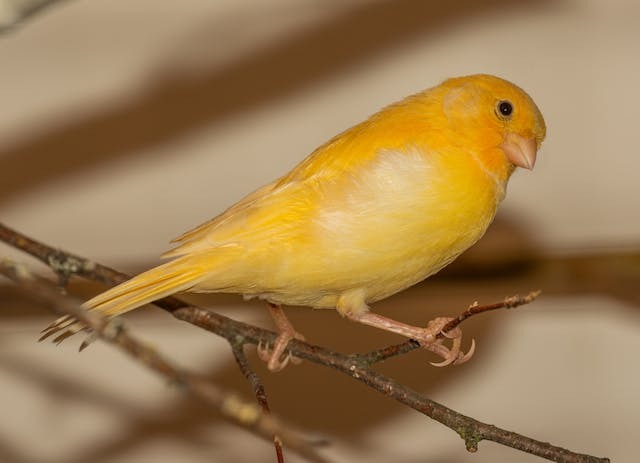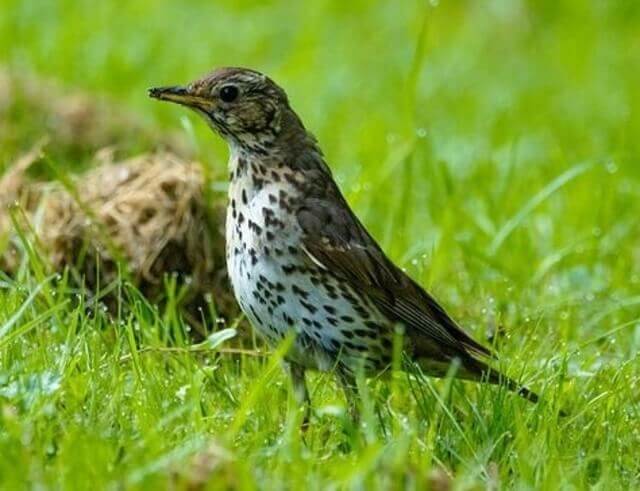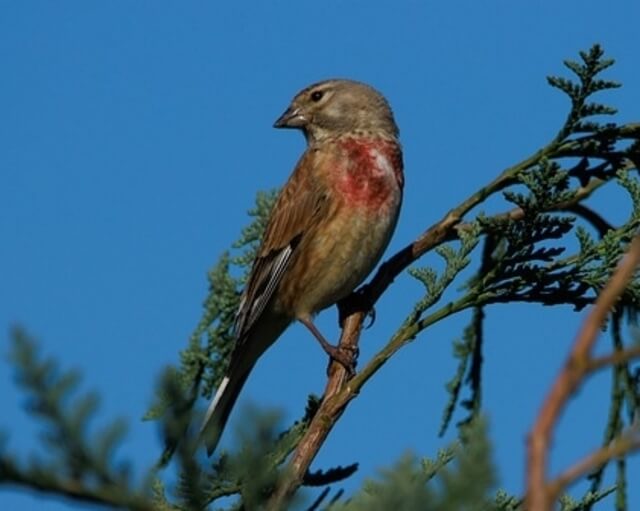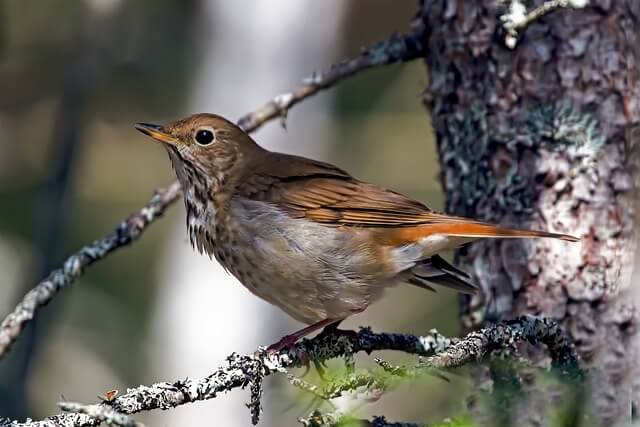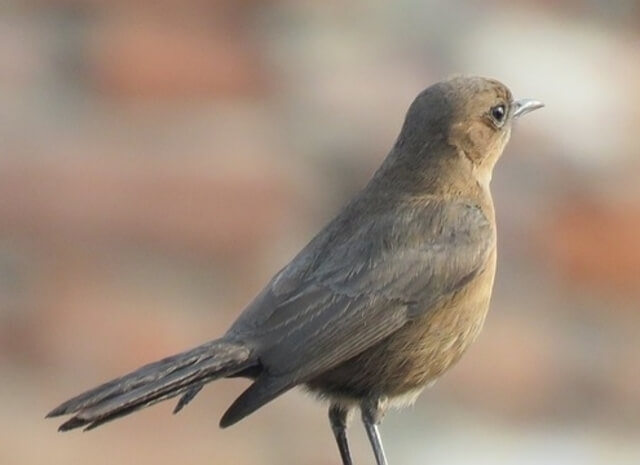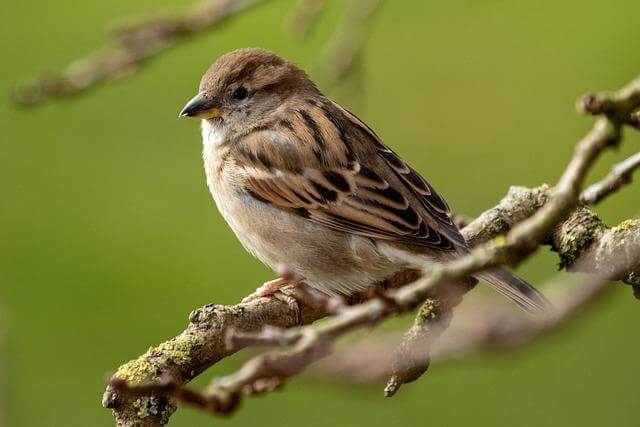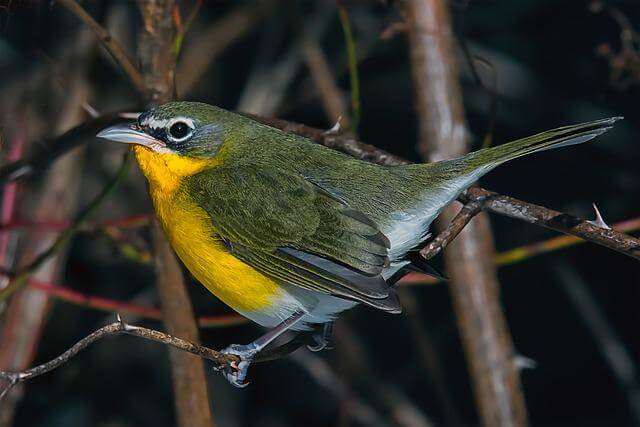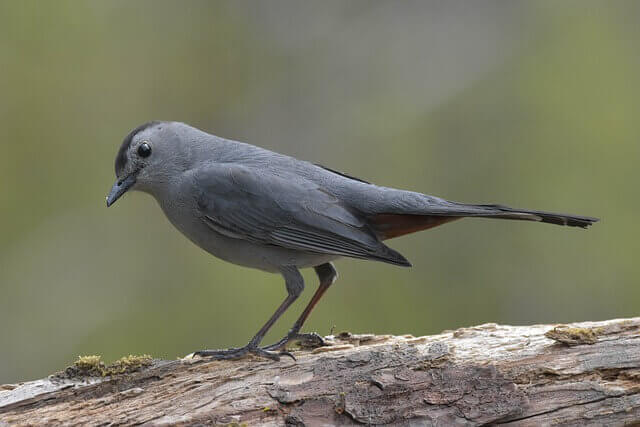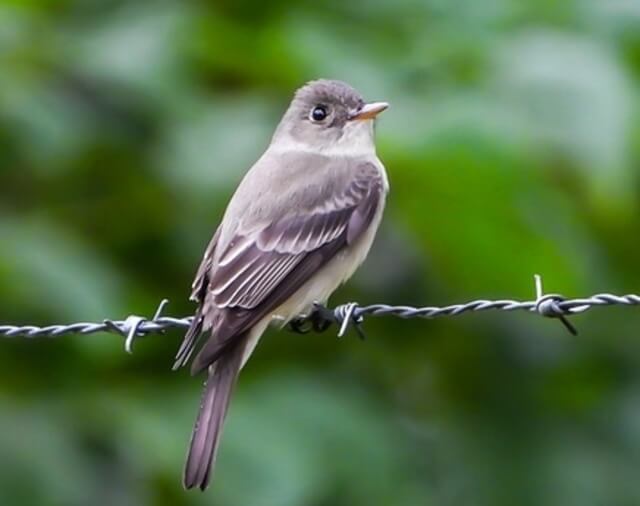Ever paused to listen to the sweet sound of birdsong and wondered who’s behind the music? In this guide, we’ll introduce you to 18 birds that sing, from well-known backyard favorites to lesser-known vocalists. These melodic birds fill the skies with tunes that serve purposes far beyond simple beauty—like claiming territory and attracting mates. Let’s explore the voices behind nature’s soundtrack.
Table of Contents
- 1 Why Do Birds Sing?
- 2 Birds That Sing Beautiful Melodies
- 2.1 American Goldfinch
- 2.2 American Robin
- 2.3 European Robin
- 2.4 Common Blackbird
- 2.5 Northern Mockingbird
- 2.6 Brown Thrasher
- 2.7 Eurasian Blackcap
- 2.8 Summer Tanager
- 2.9 Canary
- 2.10 Song Thrush
- 2.11 Common Linnet
- 2.12 Hermit Thrush
- 2.13 Common Nightingale
- 2.14 House Sparrow
- 2.15 Rose-breasted Grosbeak
- 2.16 Yellow-breasted Chat
- 2.17 Gray Catbird
- 2.18 Eastern Wood-pewee
- 3 Author
Why Do Birds Sing?
Have you ever been captivated by the sweet sounds of birdsong and wondered why birds sing? Birdsong is more than just pleasant background music—it’s a vital part of their behavior that serves several important purposes.
Claiming Territory
Many bird species use song as a way to communicate and establish territory. These vocal calls warn other birds to stay away, marking an area as claimed. A good territory provides access to food, water, shelter, and mates. For male birds, singing boldly from their perch helps secure and defend that space—and attract attention.
Courtship and Mating
Singing plays a huge role in courtship. Male birds often sing to impress females, with the most complex or beautiful songs getting the most attention. Some birds even learn and perfect different songs over time, showing off their vocal range like seasoned performers. It’s not just noise—it’s a love song with a purpose.
Morning and Night Songs
Birds sing at different times of day, with early morning being the most active. The dawn chorus is nature’s alarm clock, and it’s thought to be a way for birds to announce they’ve made it through the night. As evening falls, most birds quiet down, but a few—like owls, mockingbirds, and nightingales—take over the night shift with their haunting melodies.
Singing for the Joy of It
Some researchers believe birds also sing simply because they enjoy it. Like a musician practicing their favorite tune, birds may sing to strengthen their skills or express themselves.
No matter the reason, bird songs add beauty to our world. The next time you hear a morning chorus or a solo serenade at dusk, take a moment to listen. You’re hearing one of nature’s oldest and most beautiful languages.
Birds That Sing Beautiful Melodies
American Goldfinch
The American Goldfinch (Spinus tristis) is a small North American bird that is found in open habitats across the continent. These birds are well known for their bright yellow and black plumage, which can be seen very easily in the wild. In addition to their striking appearance, American Goldfinches are also known for their cheerful song. In fact, they are one of the few songbirds that sing year-round.
These birds typically sing from high perches in open areas, making them easy to find and listen to. Although American Goldfinches can be found in a variety of habitats, they seem to prefer areas with plenty of flowering plants. This may be why they are often seen near gardens and other areas with landscaping.
American Robin
The American Robin (Turdus migratorius) is a passerine bird that is found in North America.It is the state bird of Michigan, Connecticut, and Wisconsin. These birds are around 9-11 inches long and have a wingspan of around 16 inches. They weigh around 2.5 ounces. American Robins are generally a grayish brown color with an orange belly. They have a black head and throat, which becomes more gray or white in the winter.
These birds are very territorial and will often sing to warn other robins away from their territory. American Robins build their nests out of dried grass, stems, twigs, and leaves. They will lay 3-5 eggs, which hatch in about two weeks. The young robins will stay in the nest for another two weeks before fledging.
European Robin
The European Robin (Erithacus rubecula) ranges throughout most of Europe, from the British Isles and Scandinavia, east to the Ural Mountains in Russia. They are also found in North Africa, the Middle East, and Western Asia. The species inhabits a wide variety of habitats, including open woodlands, scrublands, gardens, parks and farmland.
European Robins feed on a variety of invertebrates, including earthworms, insects and spiders. They also consume some fruit. These birds are known for their cheerful song. The birds are also noted for their song, which is often heard in springtime.European Robins can be heard singing from early morning until late at night.
Common Blackbird
The Common Blackbird (Turdus merula) is a medium-sized passerine bird that is typically around 7-9.5″ inches long. It has a mostly glossy black plumage and head, and a yellow beak and ring around its eyes. The male and female are very similar in appearance, but the male is slightly larger. The common blackbird is found throughout much of Europe, Asia and North Africa. In the UK, it is the most common bird species.
The common blackbird inhabits a wide range of habitats, from forest to open countryside to urban areas. It feeds on a variety of insects, fruits and seeds. Common blackbirds are known for their song, which can be heard from early spring until late summer.
Northern Mockingbird
The Northern Mockingbird (Mimus polyglottos) has a wide range that spreads from the northern parts of North America to Central America and the Caribbean. They usually reside in open woodlands, gardens, orchards, and fields. These birds are omnivores and typically eat insects, fruits, and seeds.
They have also been known to consume small reptiles or amphibians on occasion. Northern mockingbirds are known for their beautiful singing voice. They sing year-round, but males tend to sing more frequently during the breeding season.
Brown Thrasher
The Brown Thrasher (Toxostoma rufum) is a common sight in the eastern and central United States. The bird’s range extends from Ontario and Manitoba south to Texas and Florida. Brown thrashers live in open woodlands, agricultural areas, and suburban neighborhoods. The diet of the brown thrasher consists mostly of insects, but the bird will also eat fruit, seeds, and small mammals.
Brown thrashers are songbirds, and males often sing from prominent perches to attract mates. The breeding season for brown thrashers runs from late April into July.
Eurasian Blackcap
The Eurasian Blackcap (Sylvia atricapilla) is a small passerine bird that is found in Europe and Asia. They are about 5-6 inches in length and have a wingspan of about 8-9 inches. They are sexually dimorphic, with the male having a black cap and the female having a brown cap. The Eurasian Blackcap is a migratory bird and can be found in many habitats, including forests, gardens, and parks.
They feed on insects, spiders, fruits, and seeds. These birds are known for their beautiful singing voice and can be heard singing from early morning to late evening. The Eurasian Blackcap typically breeds from March to July.
Summer Tanager
Summer Tanagers (Piranga rubra) are common in the eastern United States, but their range extends west to the Rocky Mountains. They inhabit open woodlands and forest edges, preferring areas with a combination of trees and shrubs. These birds eat mostly insects, but also consume fruit and seeds.
Summer Tanagers are known for their beautiful singing voices, which they often use to proclaim their territory. They typically sing most during the morning and evening from high in a tree or other perch. The breeding season for these birds runs from May through July.
Canary
Canaries (Serinus canaria domestica) are a small, passerine bird that is found in the Canary Islands. The canary’s range also extends to Northern Africa, Southern Europe and parts of the Middle East. These birds typically inhabit open areas such as scrublands, meadows and parks. The diet of a canary consists mostly of seeds, but they will also consume insects on occasion.
Canaries are known for their singing ability and many people keep them as pets specifically for this reason. While some canaries do enjoy singing, not all of them do. Canaries typically start singing around 8 or 9 weeks old.
Song Thrush
The Song Thrush (Turdus philomelos) is a medium-sized passerine bird that is found throughout most of Europe and parts of Asia. The song thrush is a very vocal bird, and its name derives from the beautiful melody of its song. They sing mainly during the breeding season, but can also be heard singing at other times of year.
Song thrushes are omnivores, and their diet consists of a variety of plant and animal material. They prefer to live in open woodland habitats, but can also be found in gardens, parks, and other urban environments.
Common Linnet
The Common Linnet (Linaria cannabina) is a small passerine bird that is found in North Africa, Europe and Western Asia. They are typically around 13 cm in length and have a wingspan of around 25 cm. They are most easily identified by their bright red head and chest. The Common Linnet feeds on a variety of seeds, insects and spiders.
They are generally solitary birds, but during the breeding season they will form small flocks. These birds are known for their beautiful singing voices, and can often be heard singing from early morning until late evening.
Hermit Thrush
The Hermit Thrush (Catharus guttatus) is a medium-sized North American bird. The territory it covers extends from northern Canada to southern South America. Its habitat includes coniferous and mixed forests, as well as woodlands and gardens. The diet of the Hermit Thrush includes insects, spiders, berries, and seeds.
These birds are known for their beautiful singing voice, which they often use to announce their presence to others in the area. They sing most frequently during the breeding season, which typically lasts from May through July.
Common Nightingale
The Common Nightingale (Luscinia megarhynchos) is a small passerine bird that is found in Europe, Asia and Africa. They are usually around 15-16 cm in length and weigh around 18-23 grams. They have a reddish brown back with lighter underparts and a long tail. The male nightingale is easily identified by its beautiful singing voice.
They are usually found in open woodlands, scrubland and gardens. The Common Nightingale’s diet consists of insects, spiders, fruit and seeds. Most Common Nightingales start singing in late April or May, depending on the location. They will continue to sing until late July or August. The male nightingale has been known to sing for up to 16 hours per day during the breeding season!
House Sparrow
House Sparrows (Passer domesticus) are a familiar sight in many parts of the world. The birds typically inhabit areas near humans, such as parks, gardens and homes. While they can be found in a variety of habitats, they prefer open spaces with plenty of trees and shrubs for cover.
House Sparrows eat a variety of foods, including seeds, insects and fruit. They are known to sing year-round, but their songs are most noticeable in the springtime when males are trying to attract mates.
Rose-breasted Grosbeak
The Rose-breasted Grosbeak (Pheucticus ludovicianus) is a medium-sized songbird that ranges throughout much of North America. These birds typically inhabit deciduous forests and woodlands, but can also be found in open areas such as meadows and parks. The diet of the Rose-breasted Grosbeak consists mainly of insects, although they will also eat fruit and seeds.
These birds are known for their melodic singing, which typically begins early in the morning. Male Rose-breasted Grosbeaks are polygamous and will mate with multiple females. Female Rose-breasted Grosbeaks typically lay 3–4 eggs in a clutch.
Yellow-breasted Chat
The Yellow-breasted Chat (Icteria virens) is a medium-sized songbird that is found in open woodlands, thickets, and along the edges of marshes in the eastern half of the United States. These birds are usually seen perched on a low perch such as a twig or fence post where they will sing to proclaim their territory.
The chat’s diet consists mainly of insects, but they will also eat small fruits and berries.These birds are not shy and will often approach people closely. They are also known for their playful behavior, which includes chasing each other around in flight. Chats typically start singing at dawn and continue until late morning.
Gray Catbird
Gray Catbirds (Dumetella carolinensis) are common in eastern North America. Their range extends from southern Canada to Florida, and west to Texas and eastern Oklahoma. They inhabit a variety of habitats, including deciduous and mixed forests, wooded suburbs, parks, and even orchards. These birds eat mostly insects, but also consume fruit, seeds, and other plant materials.
They often forage on the ground, but also glean insects from trees and vegetation. Gray Catbirds are usually quite vocal, singing frequently throughout the day. They typically sing from high perches in trees or shrubs. Males sing most often during the spring breeding season.
Eastern Wood-pewee
The Eastern Wood-pewee (Contopus virens) is a small tyrant flycatcher that is found in eastern North America. They are typically around 5.5 inches in length and have a wingspan of about 10 inches. They are usually a light brown or gray color, with darker markings on their wings and tails.
Eastern wood-pewees can be found in a variety of habitats, from forests to open fields, but they prefer areas with tall trees and plenty of overhead cover. These birds feed on insects, which they catch by flying out from perches to snatch them in midair. Eastern wood-pewees also like to sing, and can be heard singing from early spring through summer.
